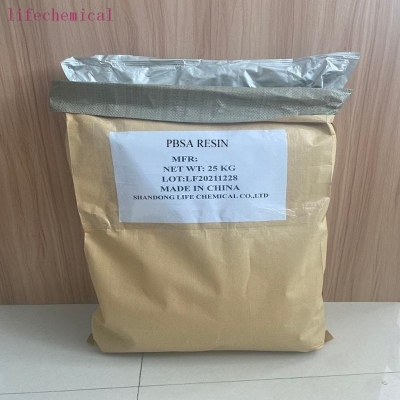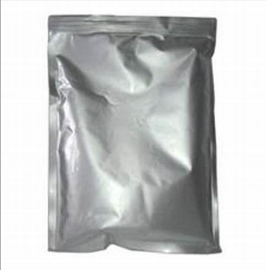-
Categories
-
Pharmaceutical Intermediates
-
Active Pharmaceutical Ingredients
-
Food Additives
- Industrial Coatings
- Agrochemicals
- Dyes and Pigments
- Surfactant
- Flavors and Fragrances
- Chemical Reagents
- Catalyst and Auxiliary
- Natural Products
- Inorganic Chemistry
-
Organic Chemistry
-
Biochemical Engineering
- Analytical Chemistry
-
Cosmetic Ingredient
- Water Treatment Chemical
-
Pharmaceutical Intermediates
Promotion
ECHEMI Mall
Wholesale
Weekly Price
Exhibition
News
-
Trade Service
Recently, the research group of Professor Zeng Jie of the University of Science and Technology of China used tin disulfide nanosheets doped with different nickel content as a catalyst to achieve high-efficiency electro-reduction of carbon dioxide to formic acid and carbon monoxide
.
The nickel-doped tin disulfide nanoplate catalyst exhibits high activity and high stability in the electroreduction reaction of carbon dioxide
.
? In the electroreduction of carbon dioxide, the activation of CO2 molecules has always been a difficulty in the study of electrocatalytic reduction of CO2
.
Usually the activation of CO2 molecules involves the transfer of electrons from the catalyst to the CO2 molecules, and this process is closely related to the electronic structure of the catalyst.
Therefore, the efficient activation of CO2 molecules can be achieved by adjusting the electronic structure of the catalyst
.
Based on this concept, the researchers used two atomically thick SnS2 nanosheets as the basis.
By adjusting the amount of nickel introduced, they obtained different nickel-doped SnS2 nanosheet catalysts, which enhanced the performance of the CO2 electrocatalytic reduction reaction.
This achieves efficient activation of CO2 molecules
.
In the CO2 electrocatalytic reduction reaction, the Faraday efficiency of 5% Ni-doped SnS2 nanosheets at a specific voltage can reduce CO2 to effective carbon products as high as 93%
.
.
The nickel-doped tin disulfide nanoplate catalyst exhibits high activity and high stability in the electroreduction reaction of carbon dioxide
.
? In the electroreduction of carbon dioxide, the activation of CO2 molecules has always been a difficulty in the study of electrocatalytic reduction of CO2
.
Usually the activation of CO2 molecules involves the transfer of electrons from the catalyst to the CO2 molecules, and this process is closely related to the electronic structure of the catalyst.
Therefore, the efficient activation of CO2 molecules can be achieved by adjusting the electronic structure of the catalyst
.
Based on this concept, the researchers used two atomically thick SnS2 nanosheets as the basis.
By adjusting the amount of nickel introduced, they obtained different nickel-doped SnS2 nanosheet catalysts, which enhanced the performance of the CO2 electrocatalytic reduction reaction.
This achieves efficient activation of CO2 molecules
.
In the CO2 electrocatalytic reduction reaction, the Faraday efficiency of 5% Ni-doped SnS2 nanosheets at a specific voltage can reduce CO2 to effective carbon products as high as 93%
.







